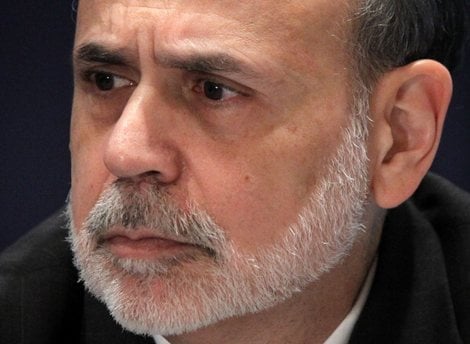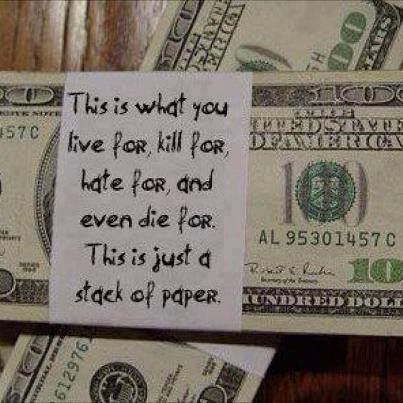“Red Hat (RHT) late Wednesday released results that edged analyst expectations, and its shares rose late after a rough day for the stock market.
But the provider of open-source Linux products’ year-over-year revenue growth of 15% tied for its smallest percentage increase since August 2009. Red Hat is diversifying into more product areas as the rate at which companies convert to Linux from the Unix computer operating platform slows.
And the company’s outlook for the current quarter was a tad short of Wall Street views, as the company pointed to slow spending by U.S. government customers.
Still, the company’s shares were up 2.5% in after-hours trading, after it released results. This came on a day when the stock market tanked after Federal Reserve Chairman Ben Bernanke said the central bank expects to slow the pace of its bond purchases later this year as the economy recovers. The tech-heavy Nasdaq composite index fell 1.1% Wednesday, and Red Hat fell nearly 1% in the regular session.
For its fiscal Q1 ended May 31, Red Hat reported earnings per share minus items of 32 cents, up 6.7% from 30 cents in the year-earlier period. Revenue rose to $363 million. Analysts polled by Thomson Reuters had expected EPS of 31 cents on sales of $359.8 million.
For the current quarter, Red Hat expects EPS ex items of 32 cents or 33 cents on revenue of $370 million to $373 million. Analysts have been modeling 33 cents, up 18%, and $373.1 million, up 16%.
“We are pleased with the double-digit growth that we delivered across each of our key financial metrics,” Red Hat CEO Jim Whitehurst said in a conference call with analysts. “We are leveraging our open innovation development model and subscription business model to help define the next generation of the data center.”
While U.S. government spending slowed last quarter, “we are also seeing encouraging signs that our federal business will improve in the current quarter,” Charlie Peters, Red Hat’s chief financial officer, said on the call….”
Comments »





